This month sees the following articles in Green Chemistry that are in the top ten most accessed:-
Continuous flow reactors: a perspective
Charlotte Wiles and Paul Watts
Green Chem., 2012, 14, 38-54, DOI: 10.1039/C1GC16022B
How do the fine chemical, pharmaceutical, and related industries approach green chemistry and sustainability?
William J. W. Watson
Green Chem., 2012, 14, 251-259, DOI: 10.1039/C1GC15904F
Energy-efficient extraction of fuel and chemical feedstocks from algae
Rodrigo E. Teixeira
Green Chem., 2012, 14, 419-427, DOI: 10.1039/C2GC16225C
Environmentally benign synthesis of heterocyclic compounds by combined microwave-assisted heterogeneous catalytic approaches
Arif Daştan, Aditya Kulkarni and Béla Török
Green Chem., 2012, 14, 17-37, DOI: 10.1039/C1GC15837F
Chitosan functionalized ionic liquid as a recyclable biopolymer-supported catalyst for cycloaddition of CO2
Jian Sun, Jinquan Wang, Weiguo Cheng, Jianxin Zhang, Xiaohua Li, Suojiang Zhang and Yuanbin She
Green Chem., 2012, Advance Article, DOI: 10.1039/C2GC16335G
Poly(ethylene glycol)-functionalized imidazolium salts-palladium-catalyzed Suzuki reaction in water
Ning Liu, Chun Liu and Zilin Jin
Green Chem., 2012, Advance Article, DOI: 10.1039/C2GC16486H
Highly efficient conversion of carbon dioxide catalyzed by polyethylene glycol-functionalized basic ionic liquids
Zhen-Zhen Yang , Ya-Nan Zhao , Liang-Nian He , Jian Gao and Zhong-Shu Yin
Green Chem., 2012, 14, 519-527, DOI: 10.1039/C2GC16039K
DABCO-Promoted three-component regioselective synthesis of functionalized chromen-5-ones and pyrano[3,2-c]chromen-5-ones via direct annulation of a-oxoketene-N,S-arylaminoacetals under solvent-free conditions
Maya Shankar Singh, Ganesh Chandra Nandi and Subhasis Samai
Green Chem., 2012, 14, 447-455, DOI: 10.1039/C1GC16129F
L-Proline catalysed multicomponent synthesis of 3-amino alkylated indoles via a Mannich-type reaction under solvent-free conditions
Atul Kumar, Maneesh Kumar Gupta and Mukesh Kumar
Green Chem., 2012, Advance Article, DOI: 10.1039/C1GC16297G
A sustainable process for the production of γ-valerolactone by hydrogenation of biomass-derived levulinic acid
Anna Maria Raspolli Galletti, Claudia Antonetti, Valentina De Luise and Marco Martinelli
Green Chem., 2012, Advance Article, DOI: 10.1039/C2GC15872H
Why not take a look at the articles today and blog your thoughts and comments below.
Fancy submitting an article to Green Chemistry? Then why not submit to us today or alternatively email us your suggestions.











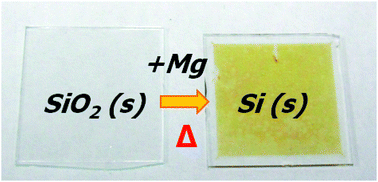
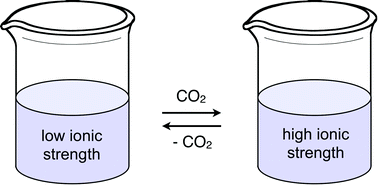


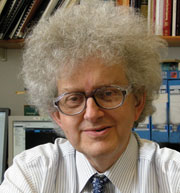 Professor
Professor 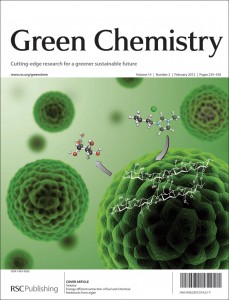
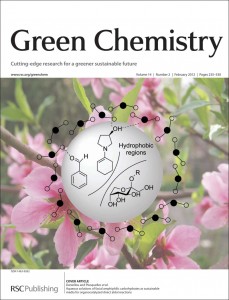
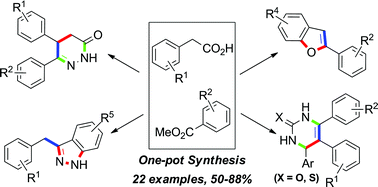

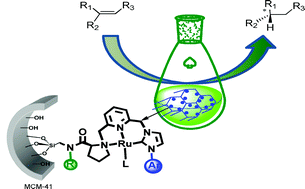
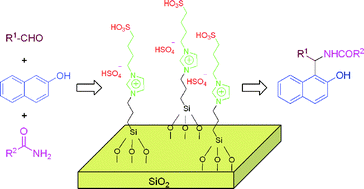 A silica gel supported dual acidic ionic liquid: an efficient and recyclable heterogeneous catalyst for the one-pot synthesis of amidoalkyl naphthols
A silica gel supported dual acidic ionic liquid: an efficient and recyclable heterogeneous catalyst for the one-pot synthesis of amidoalkyl naphthols